Blackberries grow almost everywhere and are extremely easy to identify, making them ideal for first-time foragers. Foraging for blackberries is even great for kids, as it is simple, they grow low to the ground, and make an easy snack! There are so many great uses for blackberries and their leaves.
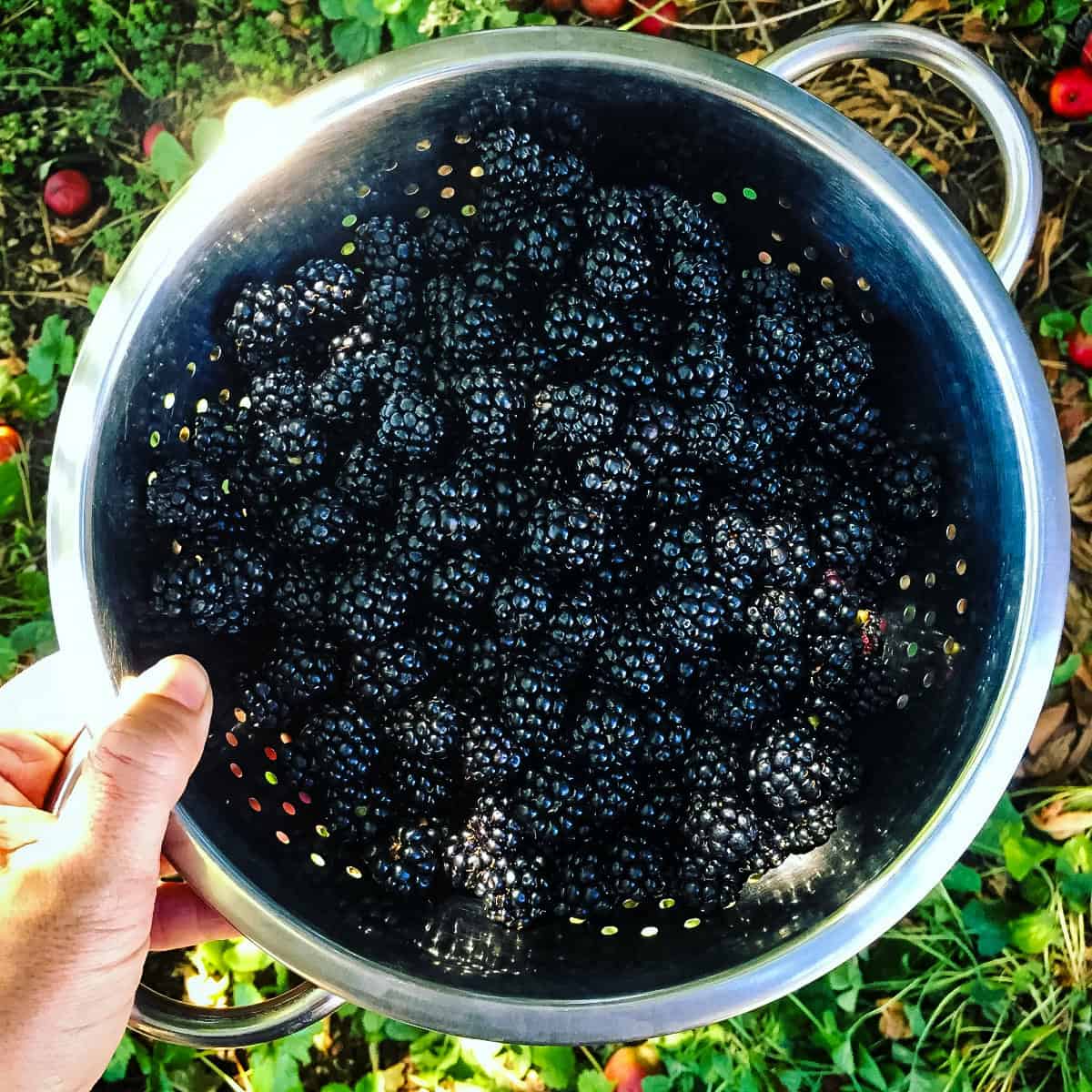
Want to save this post for later?
Wildcrafting Weeds
If you want to learn more about the edible and medicinal weeds that surround us and how to use them, check out my eBook: Wildcrafting Weeds: 20 Easy to Forage Edible and Medicinal Plants (that might be growing in your backyard)!
A Forager’s Beginning
Ever since I was a kid, I have been collecting wild blackberries from mid to late summer. I remember my little sister and I starting to check the local blackberry patch in late July, keeping a close watch as the berries began to ripen.
Once they were ready, our Mom would give us colanders to collect them in so that they could be easily washed once we came home. Off we would go down the street, step stool and colanders in hands and the day’s dirt on our feet, to spend the evening dodging the thorny brambles looking for the juiciest berries.
It was always fun when our older siblings came to pick with us, as they could easily reach the best berries. We would spend hours, sometimes for multiple days in a row, to collect enough blackberries so that Mom could make cobbler.
The delicious cobbler our mom would make was our whole motivation! It would always take time to get enough berries, due to the handfuls we ate while picking.
Now, I’m extra motivated to forage as many blackberries as possible so I can make blackberry mead, a crisp, jam, or flavor my kombucha. Blackberries lend their sweet and tart, earthy, warm flavor to so many summer recipes.
On hot summers when it feels too warm, I know the sun is making the blackberries ripe and sweet! I’m a very blackberry-motivated person.
Foraging for blackberries was the gateway to all sorts of wild food harvesting for me!
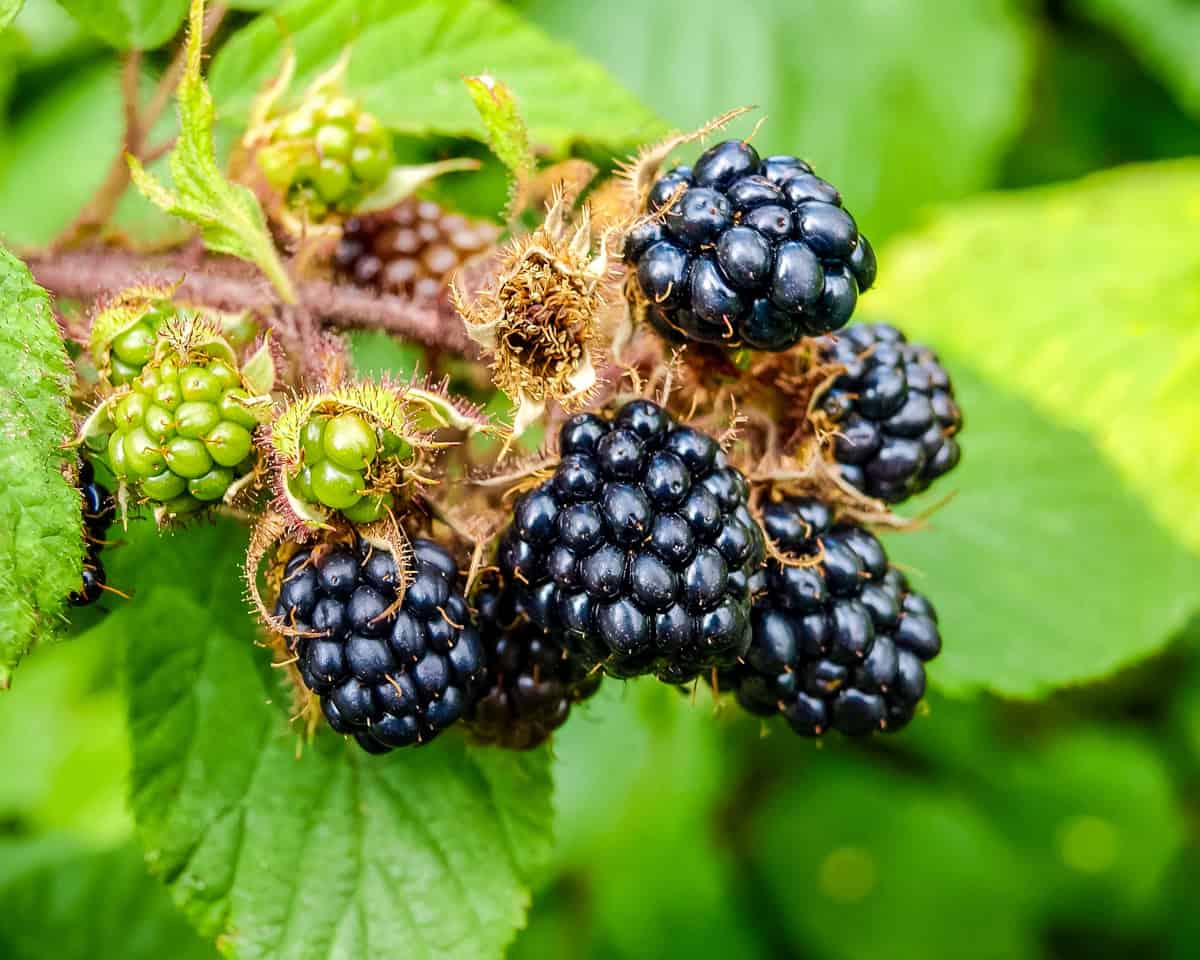
Identifying Blackberries
I’m pretty sure that I don’t have to describe to you what blackberries look like, as they are the quintessential foraging food. There are several types, so although easy to spot, there is quite a bit to learn!
Blackberries are easy to identify as they form thick briar patches that can be hard to eradicate. They are brambles that many people view as invasive and noxious weeds.
Like raspberries, blackberries are an aggregate berry, meaning that the berry is actually a cluster of smaller fruitlets.
The Himalayan Blackberry, Rubus armeniacus, is native to Armenia and northern Iran. It has become widespread in the Pacific Northwest and other areas of the United States.
The other main species is the Cutleaf Evergreen Blackberry, Rubus laciniatus. It was native to Europe before its introduction into North America. It has a different leaf shape than the Himalayan, and its berries seem to take longer to ripen.
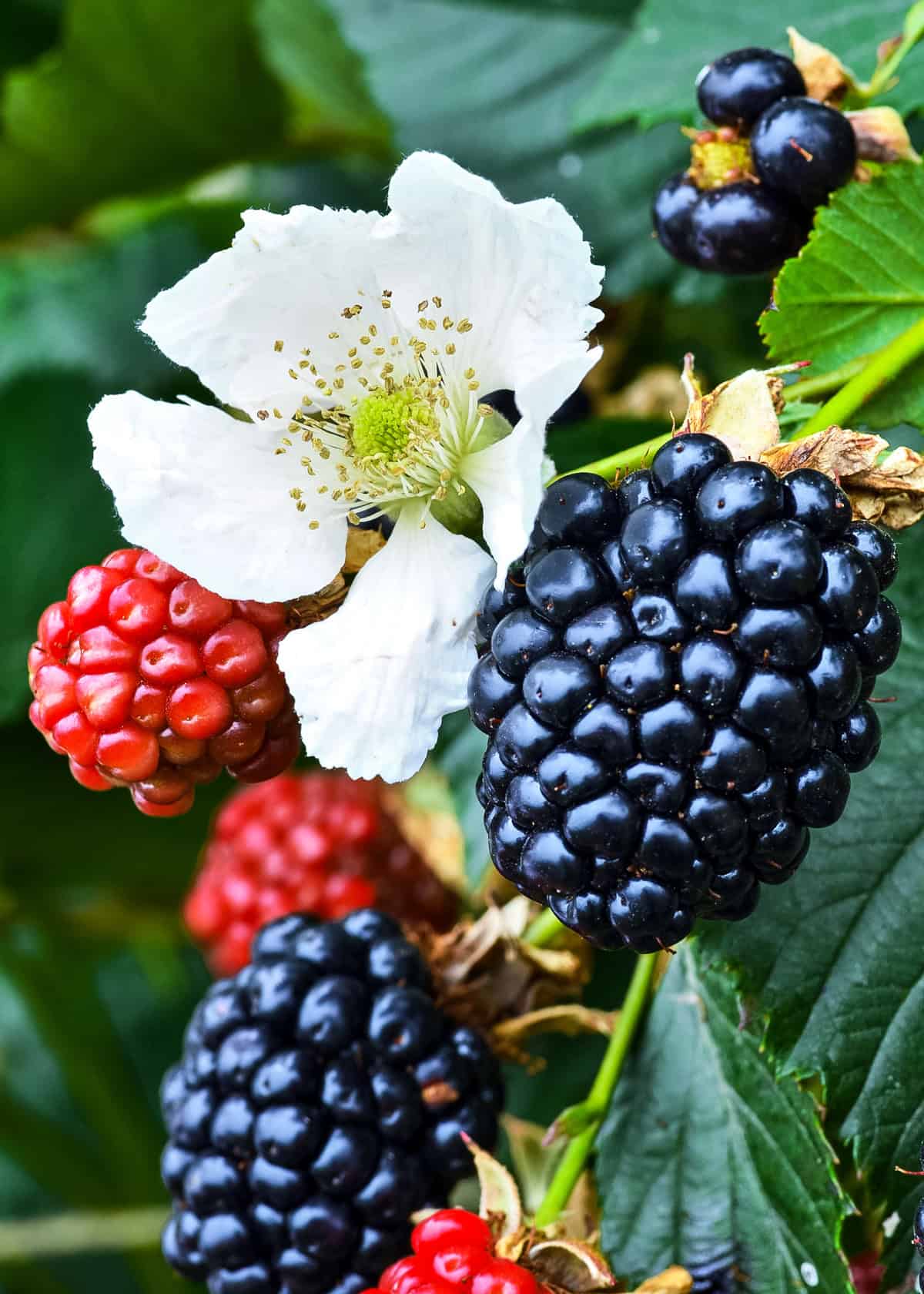
Dewberries (Rubus flagellaris) are in the same family as blackberries, but they trail along the ground rather than forming dense briar patches.
Most blackberry species (except dewberries) grow by curving the end of their canes back to the ground, which will root again. This is part of what makes them so prolific.
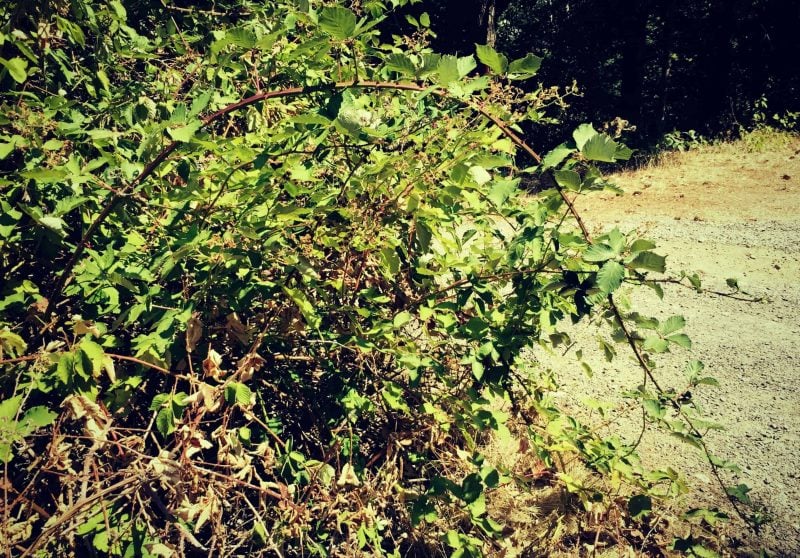
They also grow extremely well in marginal conditions, such as roadsides and other disturbed areas.
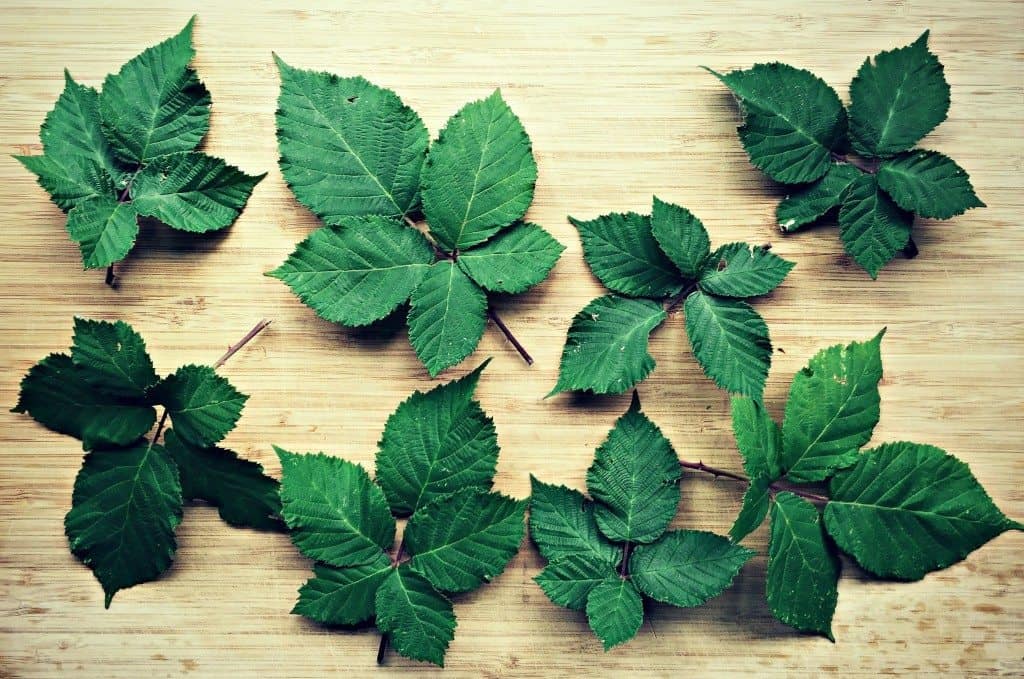
Blackberry Leaves
Traditional herbalists use blackberry leaves just like raspberry leaves. They are proven to be anti-inflammatory and antibacterial.
Blackberry leaves can be dried to make a tea that may benefit digestion and sore throats.
If it’s the wrong time of year to forage, you can always buy dried blackberry leaves from Mountain Rose Herbs. They are a high-quality company that I trust.
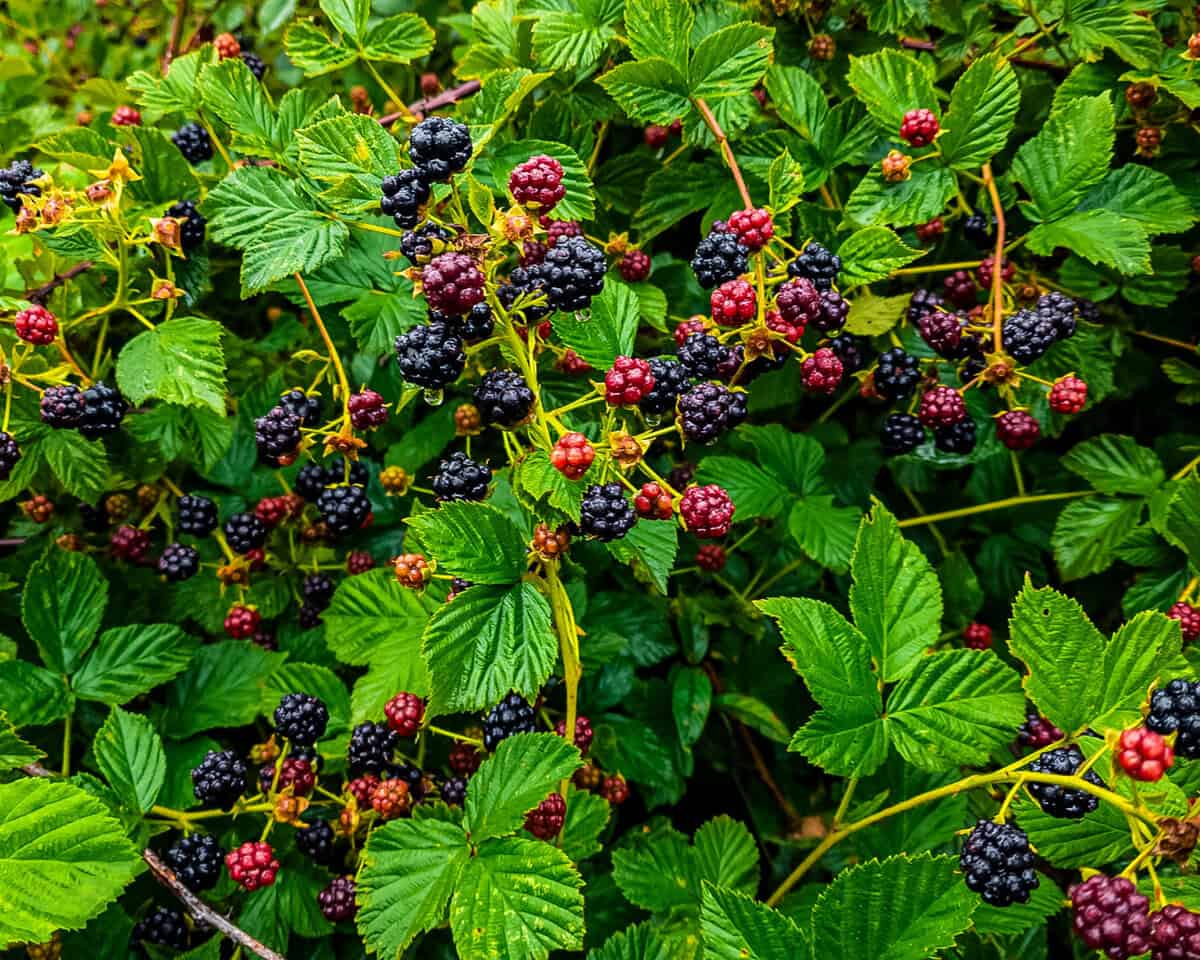
Invasive Species and Non Native Weeds
My opinion on “invasive” species and non native “weeds” might surprise (and possibly irritate) some of you.
Since learning about permaculture, I have come to the state of mind that all plants are plants of this earth, just like all people are people of this earth. Why do we try to eradicate and spray any plants, especially those that provide us with food and herbal medicine?
We will never, ever get rid of blackberry brambles. No matter how hard we try or how much poison we spray on them. It’s best to accept them for what they are and the useful benefits they give us!
Please be careful wherever you pick blackberries and make sure that they have not been sprayed! This is extra important with blackberries, because it has become such a common practice.

Pick The Best Berry
Picking blackberries is one of the most fun and rewarding late-summer activities. The biggest problem you will have is that all of the best berries seem to be out of reach!
Joel made this blackberry picker for that very reason.
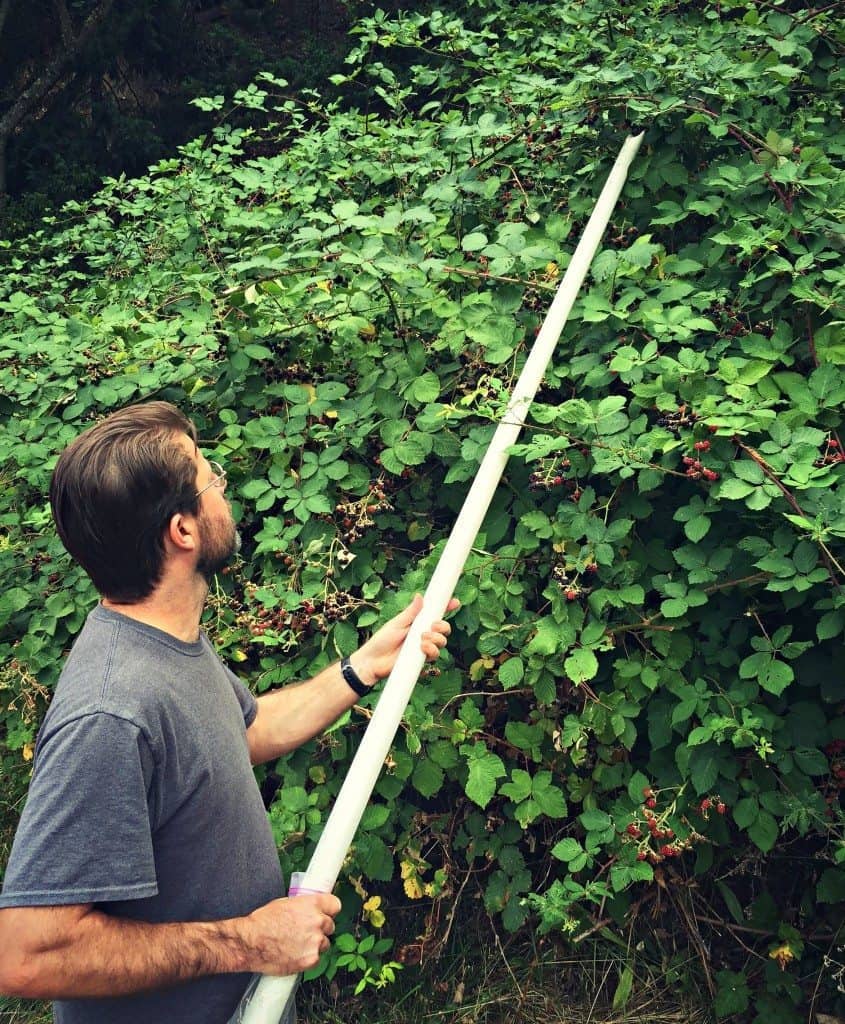
The berries go right down the PVC pipe into a bag! The end of the pipe used for picking looks like this.
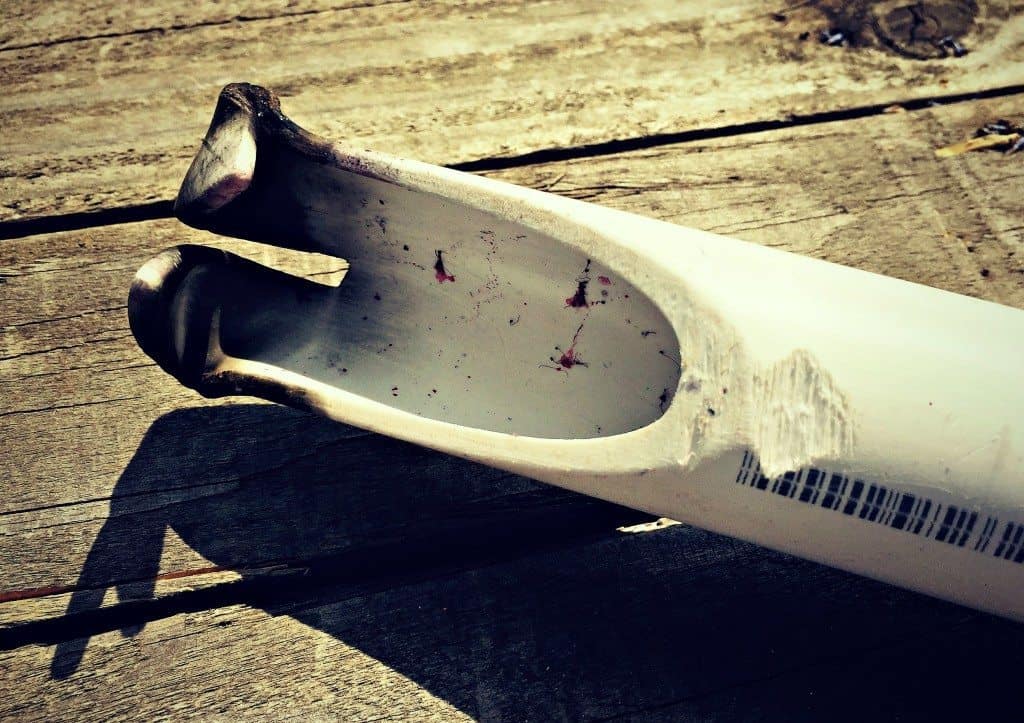
Soon you’ll have a bowl of berries that you can do whatever your heart desires with! I made a pear and blackberry crisp recently that was to die for!
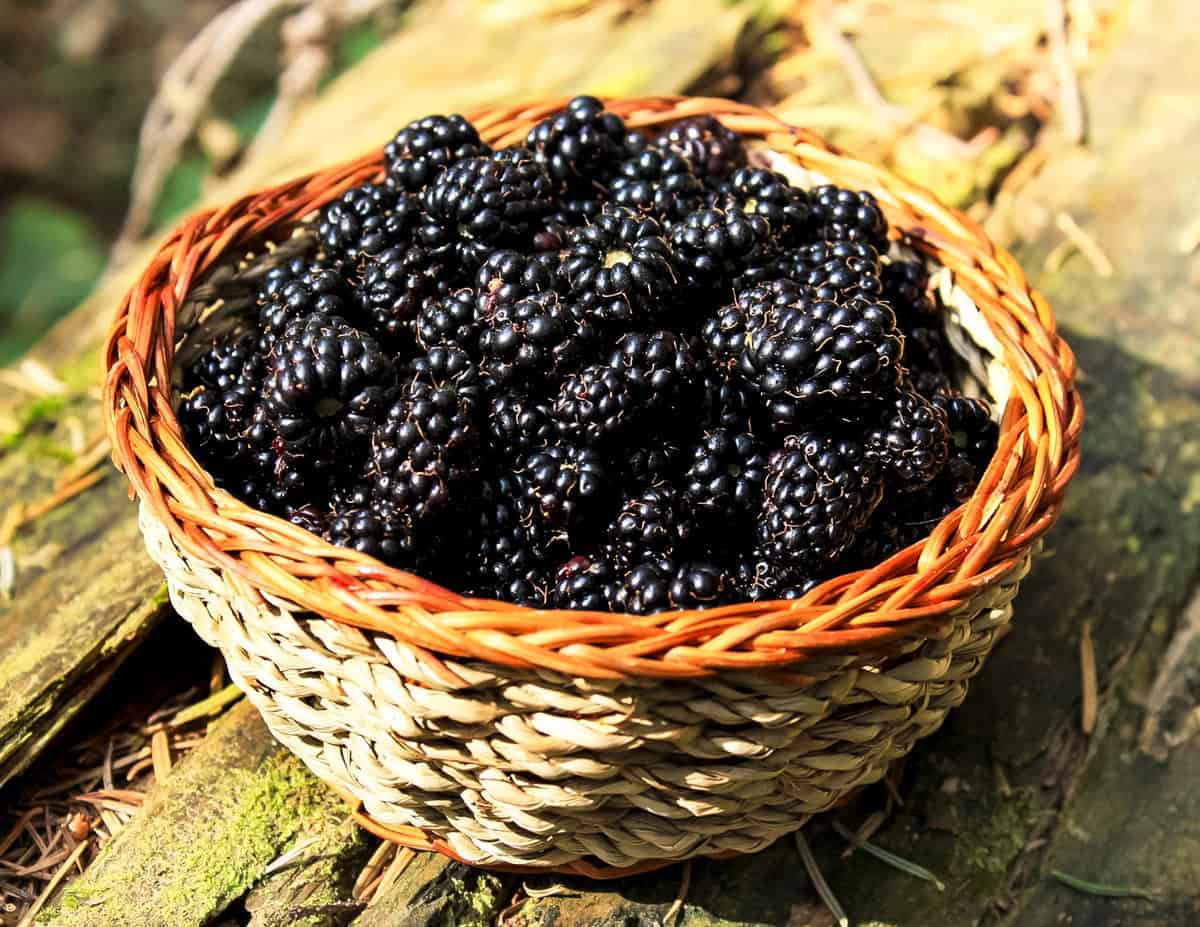
There are so many great uses for blackberries and their leaves. With such easy identification, they are ideal for beginning foragers, including children.
The berries are so tasty that it makes all the thorns and brambles worth it!
More Berry Recipes
- Blackberry Mead
- Skillet Strawberry Cobbler
- Peach & Blackberry Cobbler
- No Sugar Blueberry Jam
- Skillet Pear & Blackberry Crisp
- Fermented Honey Blueberries
- No-or-Low Sugar Raspberry Jam

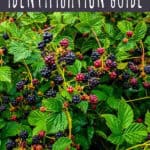
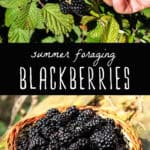

This is a great post! Thanks Coleen! There is a hiking trail near me that has a blackberry bush which is almost about to ripen. Looking forward to picking some. :)
Enjoy!
That picker is brilliant!
I’m completely on board with what you are saying about the nativist arguments! Nature should not be demonized and plants have always been carried around the world. Only now that trend is accelerated with global travel. There is never an excuse to use herbicides or any kind of poisons. I refrain from ever calling wild plants weeds. We should not vilify them but learn their good properties. Eventually Mother Nature will heal herself of imbalances and nature knows best.